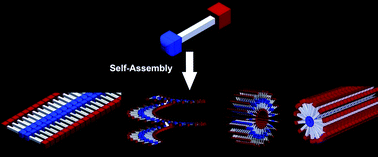Self-assembled one-dimensional soft nanostructures
Abstract
The

* Corresponding authors
a
UNAM-Institute of Materials Science and Nanotechnology, Bilkent University, Ankara, Turkey
E-mail:
moguler@unam.bilkent.edu.tr
Fax: +90 (312) 266 4365
Tel: +90 (312) 290 3552
The

 Please wait while we load your content...
Something went wrong. Try again?
Please wait while we load your content...
Something went wrong. Try again?
S. Toksoz, H. Acar and M. O. Guler, Soft Matter, 2010, 6, 5839 DOI: 10.1039/C0SM00121J
To request permission to reproduce material from this article, please go to the Copyright Clearance Center request page.
If you are an author contributing to an RSC publication, you do not need to request permission provided correct acknowledgement is given.
If you are the author of this article, you do not need to request permission to reproduce figures and diagrams provided correct acknowledgement is given. If you want to reproduce the whole article in a third-party publication (excluding your thesis/dissertation for which permission is not required) please go to the Copyright Clearance Center request page.
Read more about how to correctly acknowledge RSC content.
 Fetching data from CrossRef.
Fetching data from CrossRef.
This may take some time to load.
Loading related content
